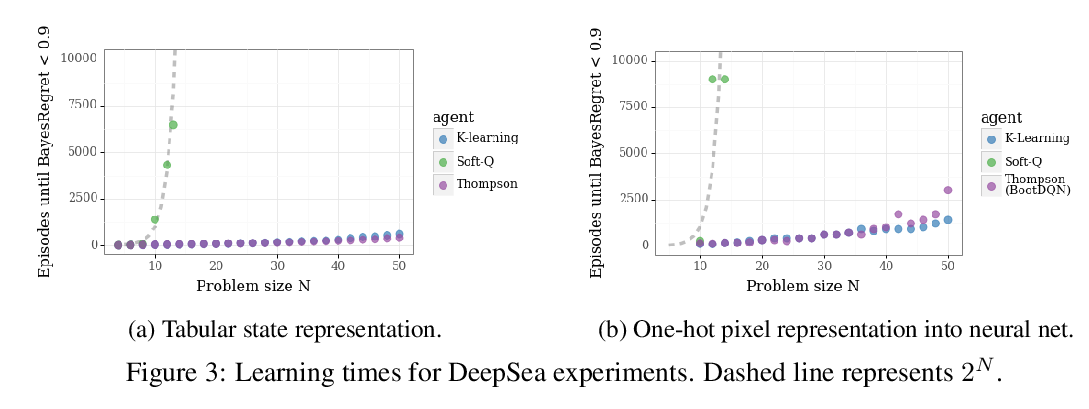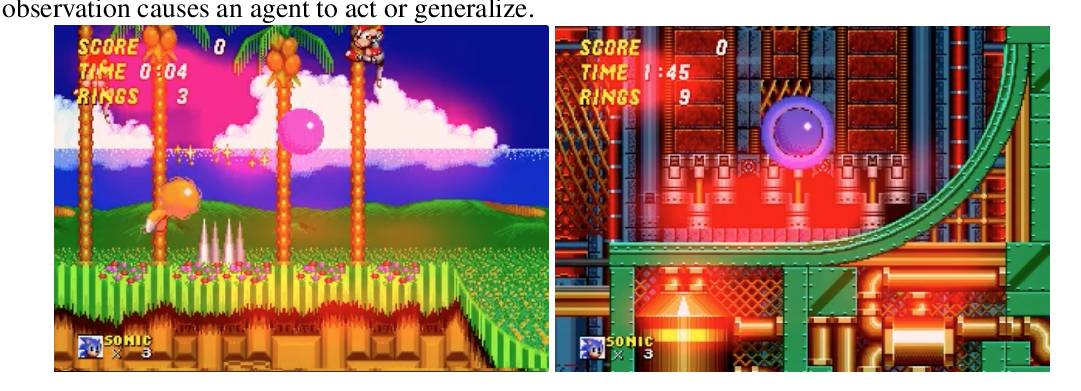Abstract:
Reinforcement learning (RL) is frequently used to increase performance in text generation tasks,
including machine translation (MT),
notably through the use of Minimum Risk Training (MRT) and Generative Adversarial Networks (GAN).
However, little is known about what and how these methods learn in the context of MT.
We prove that one of the most common RL methods for MT does not optimize the
expected reward, as well as show that other methods take an infeasibly long time to converge.
In fact, our results suggest that RL practices in MT are likely to improve performance
only where the pre-trained parameters are already close to yielding the correct translation.
Our findings further suggest that observed gains may be due to effects unrelated to the training signal, concretely, changes in the shape of the distribution curve.


